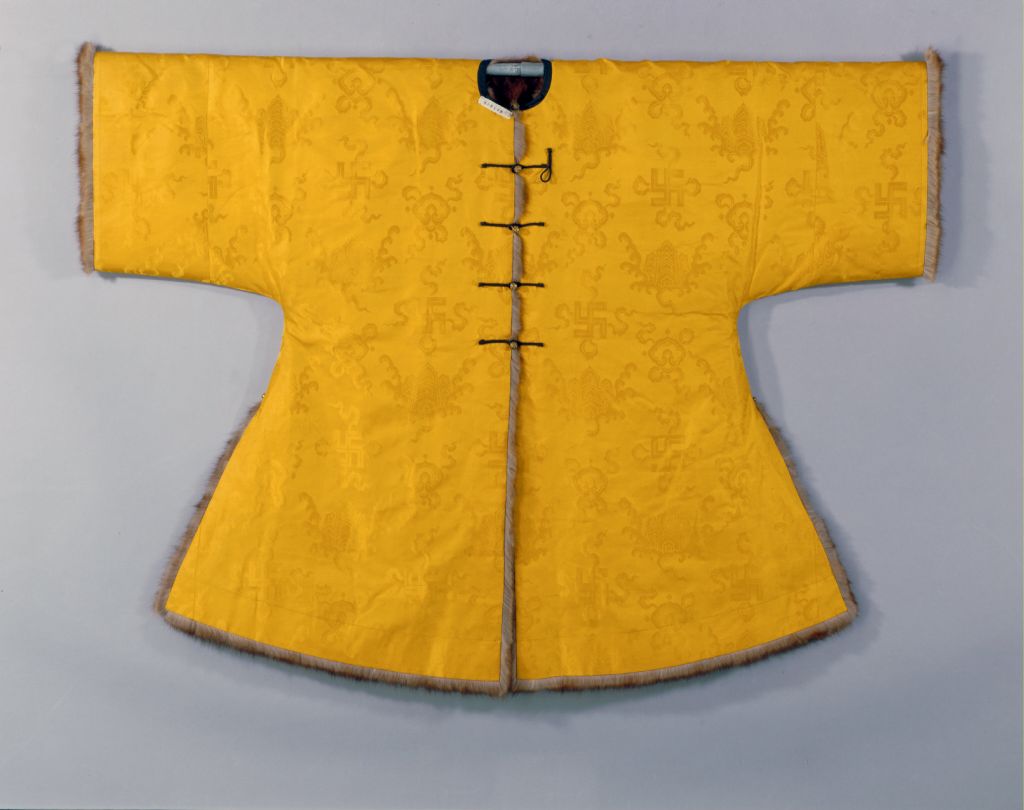[Wang Juzheng’s Spinning Wheel Map]
Spinning Wheel Map, painted by Wang Juzheng in the Northern Song Dynasty, silk, colored, 26.1 cm in length and 69.2 cm in width
No author’s stamp. Behind this painting is a postscript by Zhang Daqian of modern times, which reads: “This picture is just like the painting style of Tang Dynasty. You can drive it with the picture of Gu Hong’s Midnight Banquet. You can see the records of the calligraphic and painting boat, coral net, and style ancient hall, and return to Lu Xinyuan at the end of the Qing Dynasty. The second postscript of Zi Ang has been lost, although it is not without regret that the bamboo has been lost, it is still a treasure at last. So are the thousands of monks.” The postscript of Liu Yi and Lu Xinyuan of the Qing Dynasty is inscribed. The seal of Song Dynasty Jia Sidao’s “like Tao” and “happy life”, and Lu Xinyuan’s “hidden garden appreciation” in the Qing Dynasty are 29 in total.
This picture shows the outdoor work of rural women. The theme of the whole picture is prominent and the composition is ingenious. The characters depicted in the close shot are divided into two groups by two floating lines. At one end of the line are middle-aged women who are breast-feeding while spinning, children who are playing frogs around them and barking black dogs; At the other end is an old woman with a bent back and two hands holding the thread. The characters gather and disperse naturally with the same charm. The spinning wheel, bamboo basket and machine stool in the picture are represented in the form of boundary painting, and the description is exquisite and realistic, which has certain reference value for future generations to understand the spinning wheel technology of the Song Dynasty. The figure’s clothing pattern is represented by a sharp and sharp “battle brush”. The center strokes, the lines are thin, strong and round, and bend with the change of the figure’s shape, thus accurately shaping the figure’s shape and the soft texture of the clothing.
The female images in the picture are compared with those in the works of Gu Kaizhi in the Jin Dynasty and Zhou Fang in the Tang Dynasty. They are only the most ordinary rural women in life, without their beautiful appearance, attractive figure, gorgeous clothes and noble status. The old woman with patched clothes and trousers is haggard and slow. The hard life makes her face full of vicissitudes. The author expresses them without beautification by means of realistic artistic techniques, which is intended to praise their attitude towards life and the beauty of their simple personality, but also to express sympathy for their poor life
This picture has been circulated. According to textual research, it was collected by Jia Sidao in the Song Dynasty. In the fourth year of Yanyou in the Yuan Dynasty (1317), Zhao Mengfu bought it in Yanjing for 50 gold. It was acquired by Yuan Tingyu (Liuzhuang) in the early Ming Dynasty and Yang Weixin from Yuan’s family in the middle Ming Dynasty. During the reign of Wanli (1573-1619), it was transferred to Zhou Min. It was collected by Renhe Gong Xianglin (Heng Pu) at the beginning of the Qing Dynasty, and returned to Chen Yufang (Xizu) in Jiangxi Province during the Qianlong Dynasty. Su Village in the Jiaqing Dynasty exchanged this painting with Chen Yufang with the old Tuotang Kai tablet. During the Guangxu period (1875-1908), it was returned to Lu Xinyuan, and at the end of the Qing Dynasty, it was returned to Wu Jin Sheng Xuanhuai. In modern times, it belongs to Zhang Daqian. In the 1950s, the state bought it back from Hong Kong and immediately entered the Palace Museum. This picture is not only a precious cultural relic with a clear history, but also a rare representative of the folk painting of the Northern Song Dynasty
Zhang Chou of the Ming Dynasty’s “The First Collection of Authentic Records”, “The Painting Boat of Qinghe Calligraphy”, Wang Jiayu’s “Wang’s Coral Net”, Wang Yuanqi of the Qing Dynasty’s “Peiwenzhai Calligraphy and Painting Manual”, Bian Yongyu’s “Collection of Calligraphy and Painting in Shigutang”, and Lu Xinyuan’s “Rang Li Guan Pass through Record” and other records.
![图片[1]-Wang Juzheng’s spinning wheel atlas-China Archive](https://chinaarchive.net/Northern Song dynasty/painting/s58de147988dfa.jpg)
![[Qing Dynasty] British female painter—Elizabeth Keith, using woodblock prints to record China from the late Qing Dynasty to the early Republic of China—1915-China Archive](https://chinaarchive.net/wp-content/uploads/2022/11/image-191x300.png)




